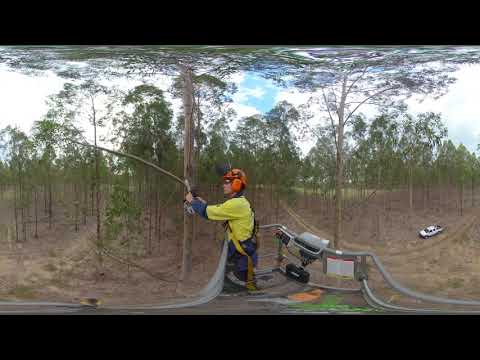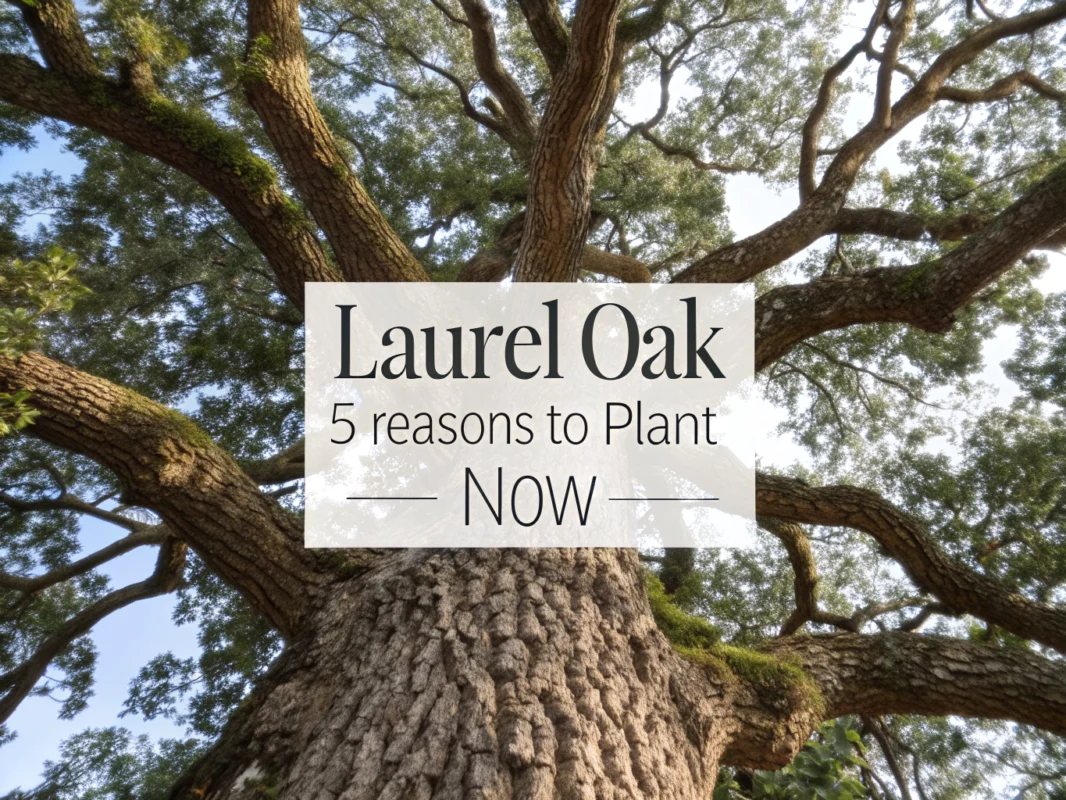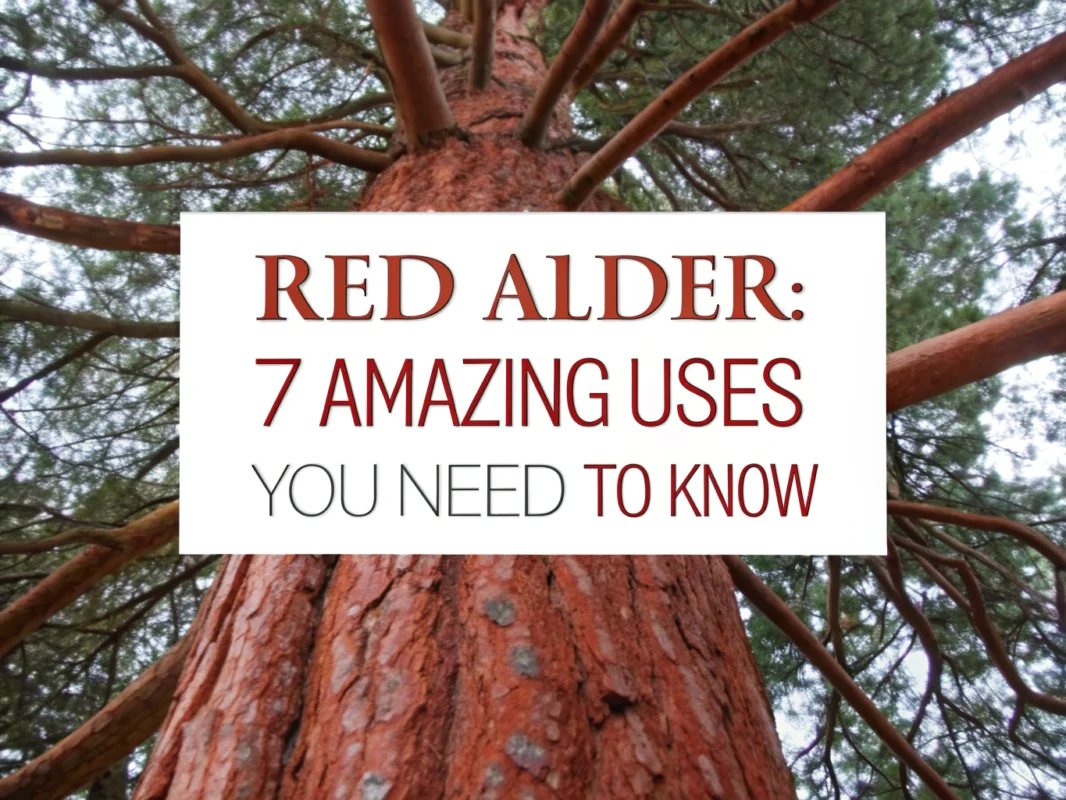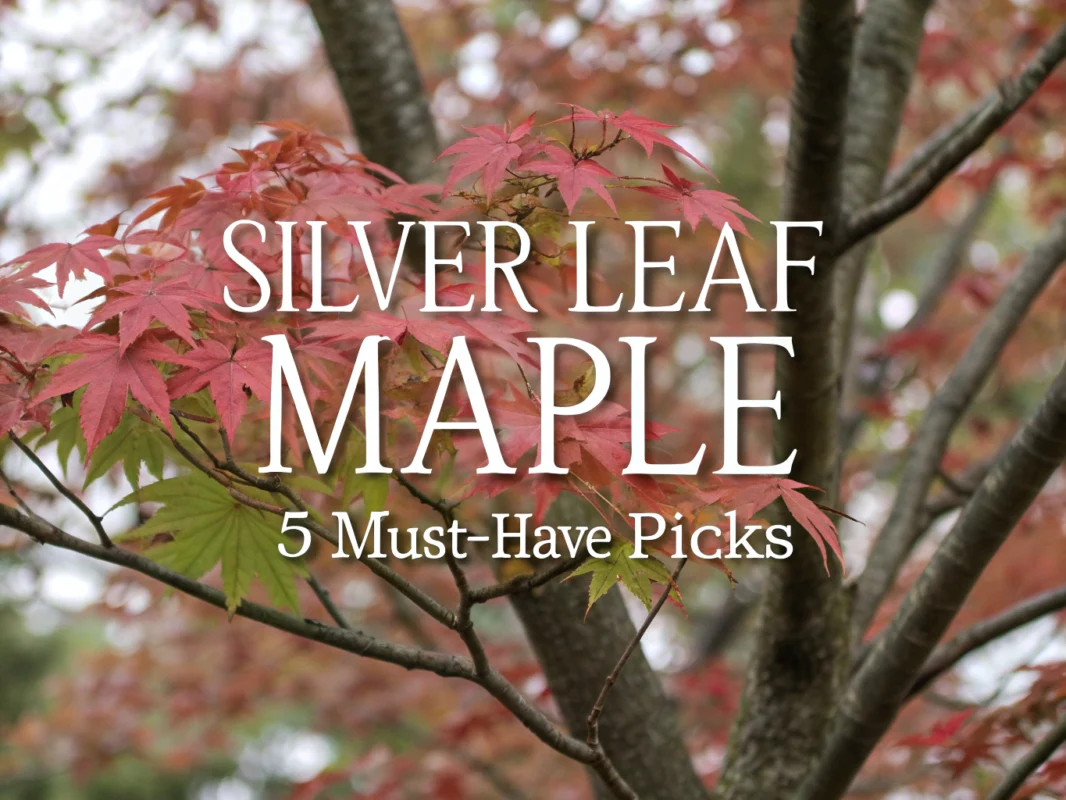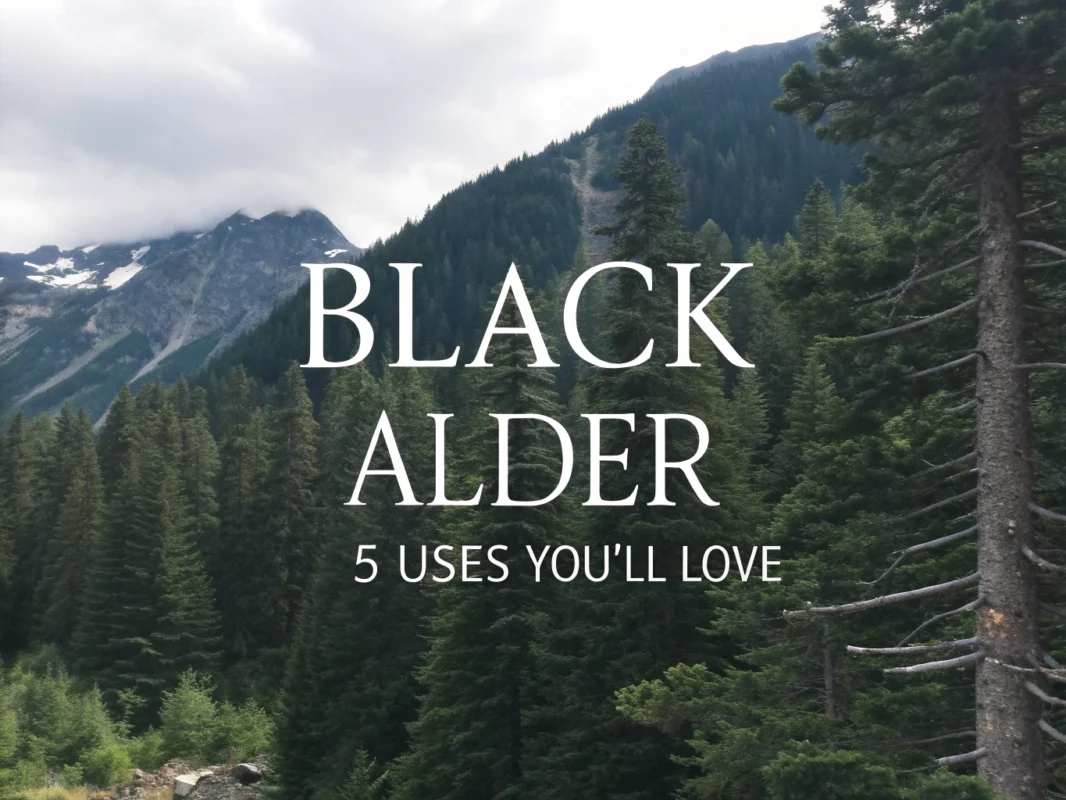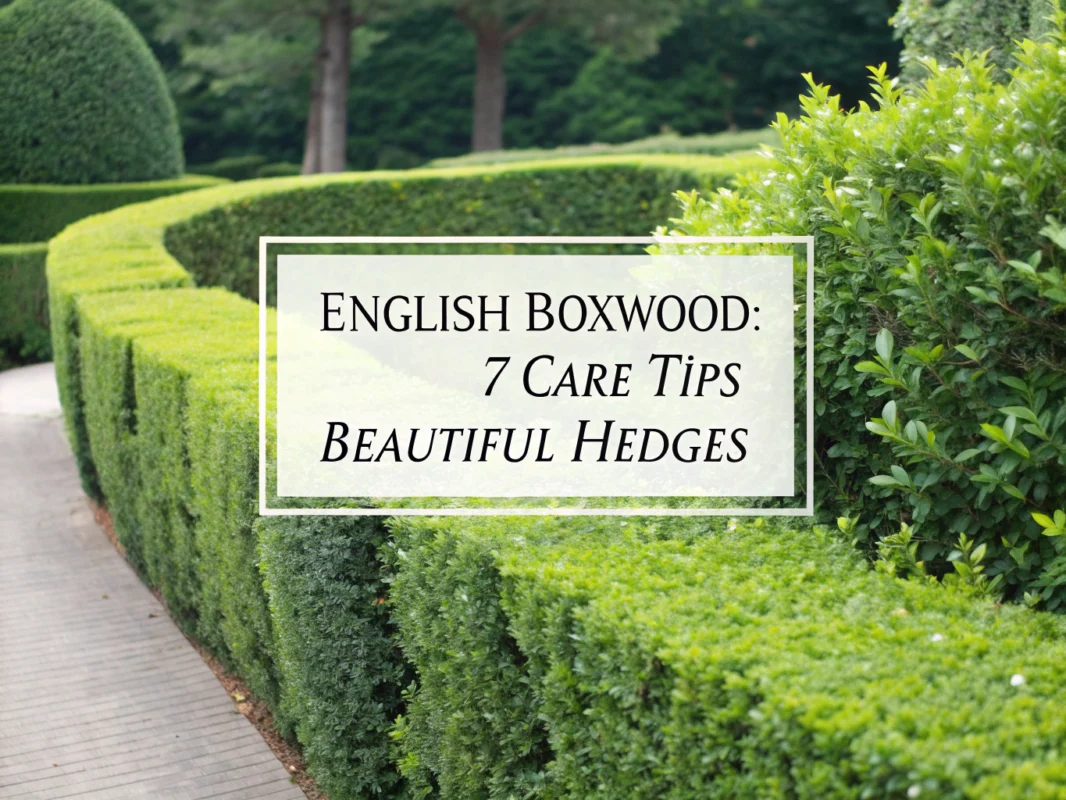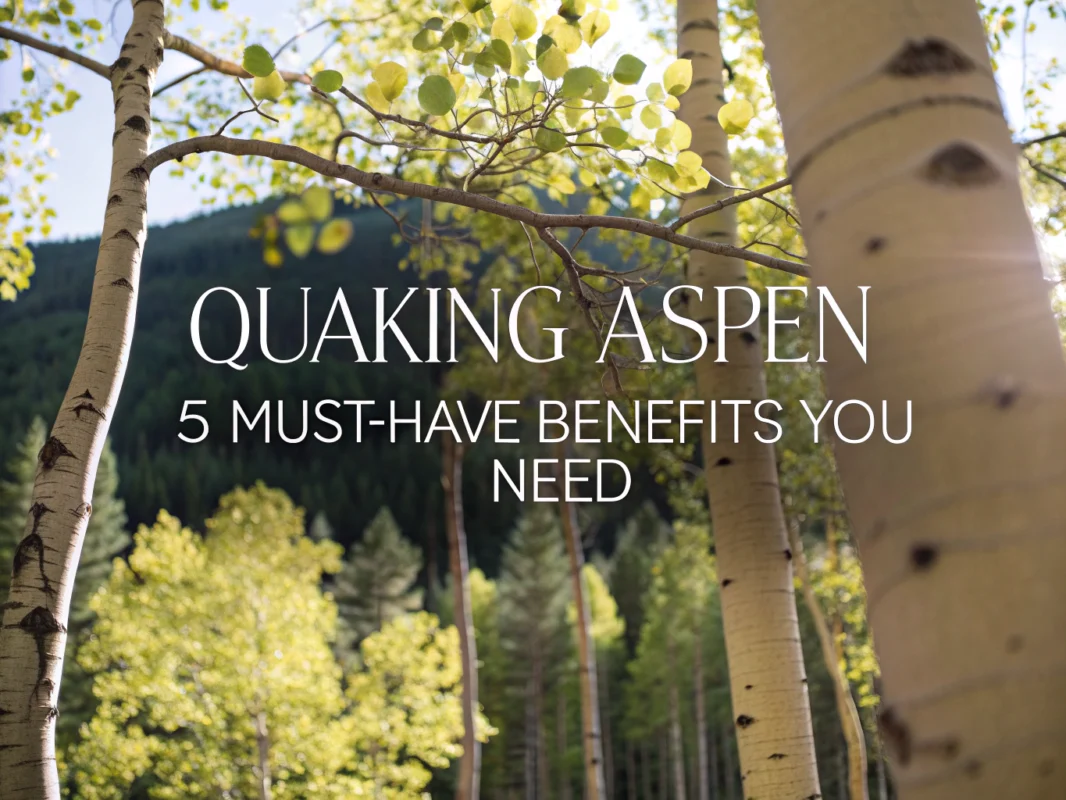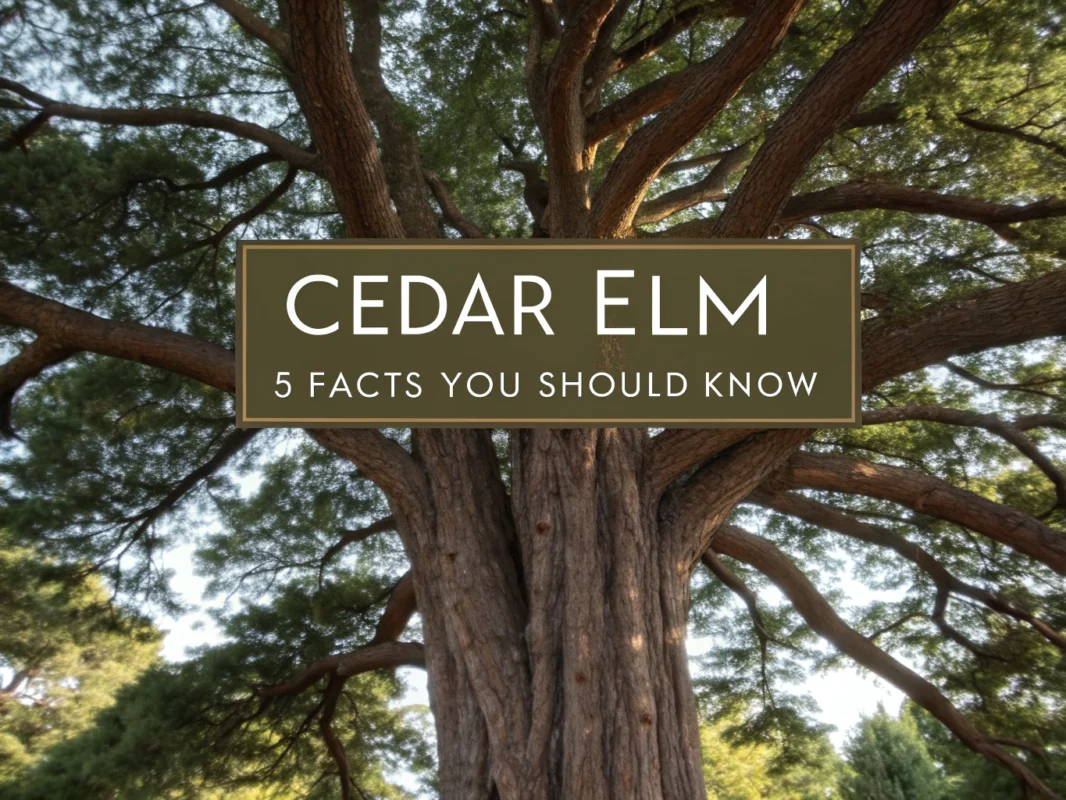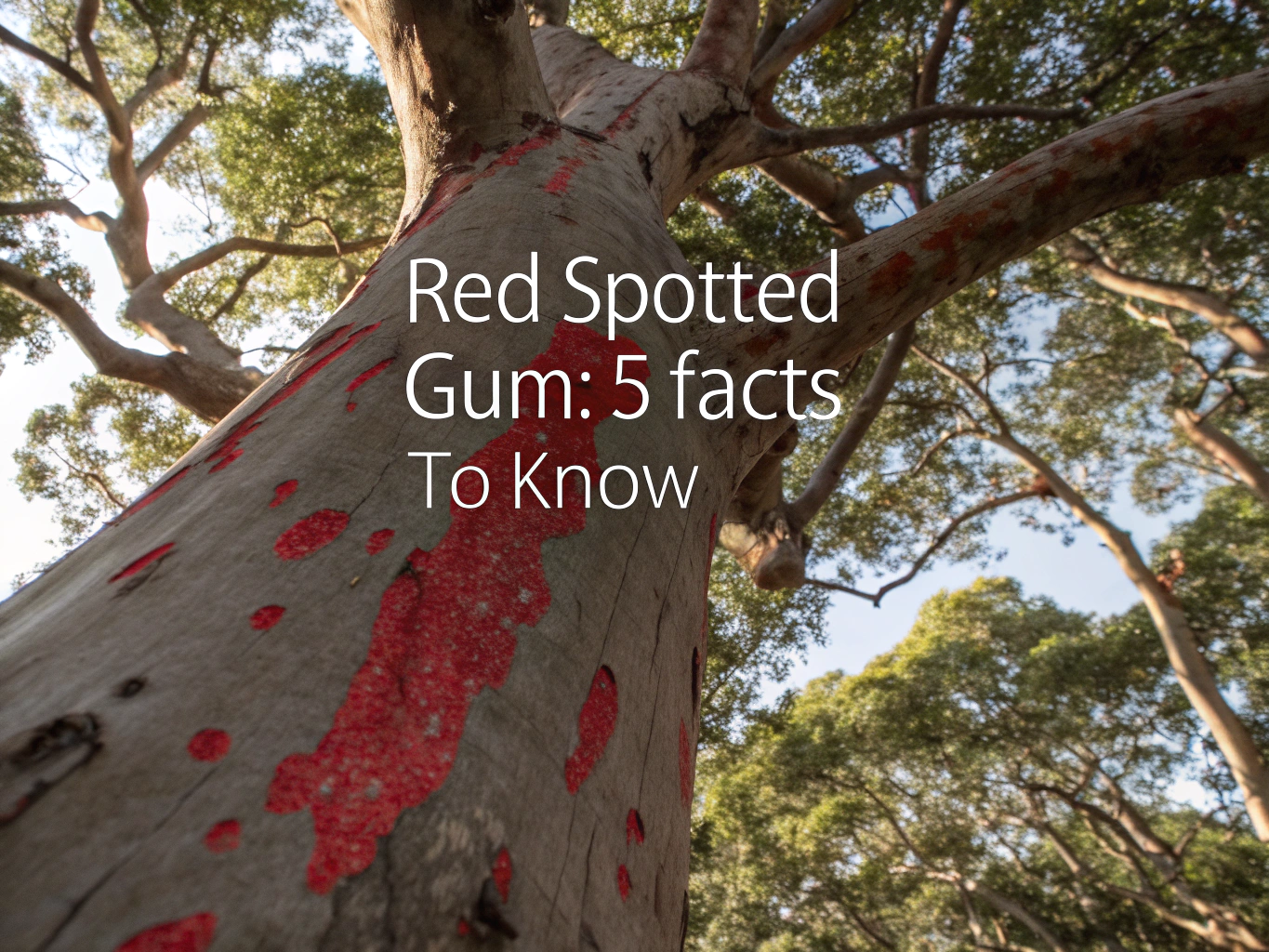
Red Spotted Gum: Facts You Can’t Ignore

Have you ever wondered why some woods are favored for both stunning interiors and durable constructions? Red spotted gum stands out for its remarkable strength and beauty, making it a top choice for many uses. Let’s explore why this hardwood could be just what you’re looking for in your next project.
Table of Contents
Red spotted gum combines a tough hardwood profile with striking character that builders and makers rely on for flooring, decks, and heavy frames. I cover its hardness, look, uses, sustainability, and how it stacks up against purpleheart wood, red mahogany wood, and rosewood wood in 2025.
1. Red Spotted Gum is an Exceptionally Hard and Durable Hardwood
I use the name Corymbia maculata for the species, once listed as Eucalyptus maculata, which makes it a useful reference point if you’re comparing with other eucalyptus wood. The species sits in premium hardwood territory and suits tough jobs where strength and wear matter.
Janka Hardness Rating of 2473
The Janka score lands at 2473, and testing shows it’s about 91% harder than red oak, which signals serious dent resistance for floors and stairs (AZWood Janka Scale). I lean on this metric when I want quieter floors under heels and long-term resilience in busy rooms.
91% Harder Than Red Oak
That extra hardness gives superior wear life in hallways and commercial entries. I suggest felt pads and a good finish to keep that advantage working for decades.
Superior Resistance to Decay, Termites, and Fire
This species handles tough climates and pests with natural resistance. Boards at or above 18 mm often meet bushfire requirements without added treatment in many zones (WoodSolutions species guide), which simplifies outdoor builds.
Durability Class Consistency Across Species Variations
I see steady durability regardless of color variation within red spotted gum. That consistency helps with large projects where matching performance across packs matters.
2. The Wood Features a Distinctive and Attractive Appearance
Heartwood Colors from Light Brown to Deep Red-Brown
Expect heartwood tones from light brown through rich red-brown with occasional lighter streaks, while the sapwood stays lighter and easy to spot (Business Queensland timber properties). I like to lay boards to alternate light and dark for a balanced floor.
White to Light Brown Sapwood with Visual Distinction
The lighter sapwood creates clean contrast against the deeper heartwood. I use that contrast to frame feature panels and stair treads.
Wavy or Interlocked Grain Creating “Fiddleback” Figure
A wavy or interlocked grain can throw a subtle fiddleback shimmer under clear finishes. Quarter-sawn cuts tend to show this effect more evenly.
Slightly Greasy Texture for Enhanced Workability
The surface often feels slightly greasy, which helps planing and sanding. I finish with solvent-based sealers or an oil-modified system for a deep glow.
Tree Characteristics: 50-Meter Height with Mottled Bark
Mature trees can reach 50 m, carry mottled grey‑green bark, and flower in creamy clusters in summer (Grow Billion Trees guide). Those field traits help confirm stock origin and species in mixed yards.
See it in action in this quick look at spotted gum’s appearance and presence outdoors.
3. Red Spotted Gum Serves Both Traditional and Modern Applications
Indigenous Australian Uses for Tools and Shelters
First Nations communities used this timber and its gum for tools, shelters, and remedies. That long track record speaks to real-world utility.
Structural Timber Applications
I specify it for frames, decking, cladding, posts, and poles where strength and wear matter (Coffs Hardwoods species page). End sealing and proper fixings keep outdoor projects stable.
Engineering Projects and Heavy Construction
Wharves, bridges, sleepers, and mining timbers gain from its toughness and density. I pick straight-grained stock for predictable drilling and bolting.
Interior Finishing and Furniture Making
Floors, stairs, and furniture benefit from the wood’s lustre and grain figure. I like low-sheen finishes to show the color shift without glare.
Easy Processing with Hand and Power Tools
Sharp cutters, moderate feed rates, and pre-drilling give clean results. Glue bonds hold well with standard carpentry adhesives.
Pro tip: select growth-ring orientation carefully; it helps control cupping on wide decking and large tabletops.
4. The Species Provides Significant Environmental Benefits
Ecosystem Support for Pollinators and Wildlife
Flowers feed bees and the canopy gives habitat to birds and mammals. Mixed-age plantings bring steadier nectar flows.
Soil Erosion Prevention Through Deep Root Systems
Deep roots stabilize banks and hold topsoil. That trait suits windbreaks and land repair projects.
Carbon Sequestration for Climate Change Mitigation
Fast biomass growth makes useful carbon storage over a rotation. Durable wood products keep that carbon locked up longer.
Sustainable Forestry Practice Implementation
Certified plans support biodiversity and long-term yield. I look for clear chain-of-custody labels on commercial orders.
5. How Red Spotted Gum Compares to Other Premium Woods
Red Spotted Gum vs Purpleheart Wood Characteristics
Red spotted gum keeps a warm brown to red-brown tone and machines predictably; purpleheart wood shows bold purple that browns with light and heat over time. I pick gum for broader applications and purpleheart for accents.
Comparison with Red Mahogany Wood Properties
Red mahogany wood leans deeper red and finishes silky, while spotted gum offers higher wear resistance in tough traffic. I choose gum for decks and mahogany for refined interiors.
Rosewood Wood Differences and Similarities
Rosewood wood adds fragrance and rich dark veining that suits instruments and fine furniture. Spotted gum delivers greater availability and outdoor readiness.
Hardness and Origin Comparison Table
| Wood Type | Origin | Color Range | Hardness (Janka) | Typical Uses |
|---|---|---|---|---|
| Red spotted gum | Australia | Light brown to red‑brown | Very high | Flooring, decks, frames, furniture |
| Purpleheart wood | South America | Purple to brown‑purple | Very high | Flooring, accents, veneer, furniture |
| Red mahogany wood | Australia | Deep red to scarlet | High | Furniture, floors, cabinetry |
| Rosewood wood | Tropics | Reddish to dark brown | Medium‑high | Instruments, luxury furniture, veneer |
Bonus: Popular Red Spotted Gum Related Products
For a light break, here’s a fun nod to the “Big Red” name with a few cinnamon gum picks many readers enjoy.

Big Red Cinnamon Gum, 3 Packs
- Rich cinnamon flavor refreshes your breath
- Convenient 15-stick packs ideal for on-the-go
- Long-lasting taste satisfies cravings
- Small packs fit easily in your pocket
- Delightful for sharing with friends

BIG RED Cinnamon Gum, 10 Pack
- Intense cinnamon kick for bold taste
- 15-stick packs ensure freshness
- Great for sharing or stocking up
- Easily fits in pocket or bag
- Refreshing choice for any time

Wrigley's Big Red, 40 Pack
- Delicious cinnamon flavor in every bite
- 40 packs for ample supply
- Portable size for convenient carrying
- Perfect for parties and gatherings
- Enjoy fresh breath anytime
Quick Reference: Red Spotted Gum Facts Summary
Species Classification and Physical Characteristics
- Species: Corymbia maculata (formerly Eucalyptus maculata)
- Tree form: Tall, straight trunk; mottled bark
- Appearance: Light brown to deep red‑brown heartwood; lighter sapwood
Key Performance Metrics and Ratings
- Hardness: Very high on the Janka scale
- Durability: Strong resistance to decay and termites
- Fire: Suitable options for bushfire zones with appropriate sizing
Primary Use Cases and Applications
- Structure: Frames, posts, poles, bridge elements
- Exterior: Decks, cladding, boardwalks
- Interior: Floors, stairs, furniture, lining
Environmental Impact and Sustainability
- Ecosystems: Supports pollinators and wildlife
- Land care: Deep roots help with erosion control
- Carbon: Stores carbon in long-lived products
FAQs
What Are The Uses Of Red Spotted Gum Timber?
Red spotted gum timber is versatile and commonly used for outdoor decking, flooring, and construction due to its durability and aesthetic appeal. It’s also used in furniture making and joinery.
How Can I Identify Red Spotted Gum Trees?
Red spotted gum trees can be identified by their smooth bark, which sheds in patches to reveal a mottled, cream, pink, and grey color. They also have lance-shaped leaves and produce white flowers.
Is Red Spotted Gum Good For Flooring?
Yes, red spotted gum is an excellent choice for flooring as it is hard, durable, and has a visually pleasing grain pattern, making it suitable for high-traffic areas.
Does Red Spotted Gum Need Special Care In Landscaping?
Red spotted gum is relatively low-maintenance but benefits from regular watering and pruning to remove dead branches. It thrives in well-drained soil and full sunlight.
What Is The Growth Rate Of Red Spotted Gum Trees?
Red spotted gum trees generally grow at a moderate rate, typically reaching around 30 meters in height over several decades under ideal conditions.
